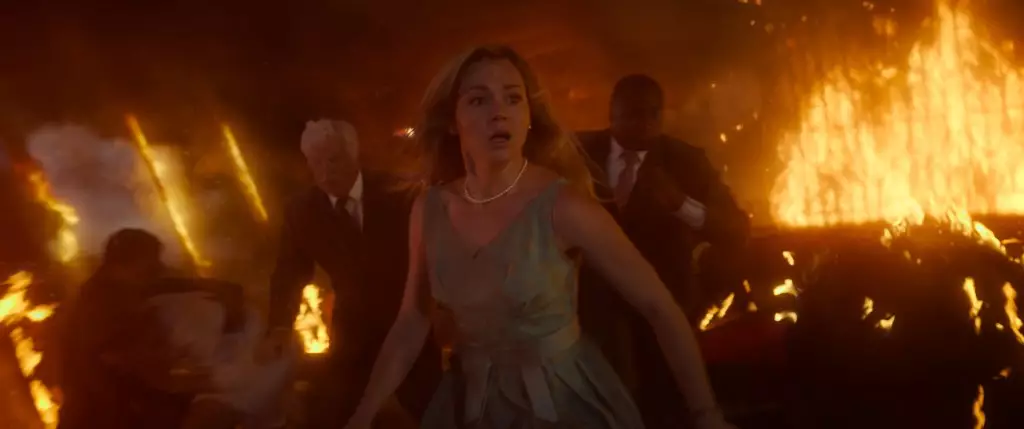Warner Bros. is undoubtedly riding high on the waves of box office success, particularly with the upcoming release of “Final Destination: Bloodlines,” which signifies the long-awaited return of a beloved horror franchise. After a staggering 14 years since the last installment, anticipation builds as this film is projected to achieve a historic opening weekend of between $35 million and $40 million across 3,400 theaters. This sequential revival not only rekindles interest among established fans but also beckons a new audience to the franchise, suggesting that horror, as a genre, never truly dies; it simply evolves.
The “Final Destination” series has carved out a unique niche within the horror pantheon. Its premise—resuming a story where characters narrowly escape death only for it to pursue them by other means—provides culturally reflective themes on fate and mortality. With an expected global box office of around $70 million, it is apparent that the allure of the franchise remains strong even after a significant hiatus. Such figures showcase how well-executed horror can transition from nostalgic fare to fresh entertainment that appeals to younger generations.
Understanding Audience Demographics
An intriguing aspect of this installment is its appeal to women under 25, who exhibit notable awareness and a desire to see “Bloodlines.” This demographic often engages with horror in a manner distinct from their male counterparts. Women, who might prioritize emotional engagement and character development over gore, find resonance in the film’s psychological complexities. Simultaneously, male viewers under 25 also make up a significant portion of the audience, indicating a balanced demographic appeal that studios often struggle to achieve.
Critically, these demographics represent not just the present audience but also potential future horror aficionados. Cultivating such audiences is crucial for maintaining the longevity of horror franchises. The early reception of 93% on Rotten Tomatoes underscores critical acclaim, hinting that this film could ignite discussions not just among fans but also within academic circles exploring gender dynamics in horror narratives.
The Cultural Relevance of Horror
“Horror remains a reflection of societal anxieties,” as evident through the trajectory of the “Final Destination” saga. As each new installment arrives, filmmakers have the opportunity to address contemporary fears that resonate with audiences. The current installment features a college student navigating violent nightmares while attempting to protect her family, symbolizing the collective anxiety surrounding mental health, familial bonds, and existential dread prevalent in today’s fast-paced world.
Moreover, the horror genre has increasingly blurred the lines between entertainment and social commentary, enabling it to resonate on an emotional and cerebral level. The importance of remaking classic narratives like the “Final Destination” series lies in their ability to adapt and reflect on modern issues while providing escapism through thrilling storytelling.
Building Anticipation with Innovative Marketing
In the realm of film promotion, collaboration has emerged as a potent strategy, as demonstrated by The Weeknd’s project, “Hurry Up Tomorrow.” The cross-platform effort—timed to mesh with his sold-out concert tour—illustrates the escalating trend of integrating film releases within broader cultural events. While “Hurry Up Tomorrow” is projected to open modestly compared to expectations, it shines a light on how multifaceted marketing can draw audiences into theaters.
The unique association between a major pop artist and a feature film creates a dual-layered anticipation. Fans of The Weeknd may now engage in storytelling through music as well as film, reinforcing his brand while expanding the audience reach. Early screenings generated $1 million, which reveals that innovative promotional strategies can translate a film’s narrative directly into a revenue-generating experience.
As horror films navigate through changing audience preferences and cultural landscapes, “Final Destination: Bloodlines” serves as both a thrilling cinematic offering and a case study on franchise rejuvenation. It exemplifies how addressing demographic diversity, societal anxieties, and leveraging modern marketing techniques can not only revive classic franchises but also shape the future of the horror genre.
